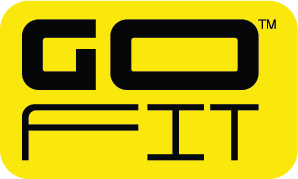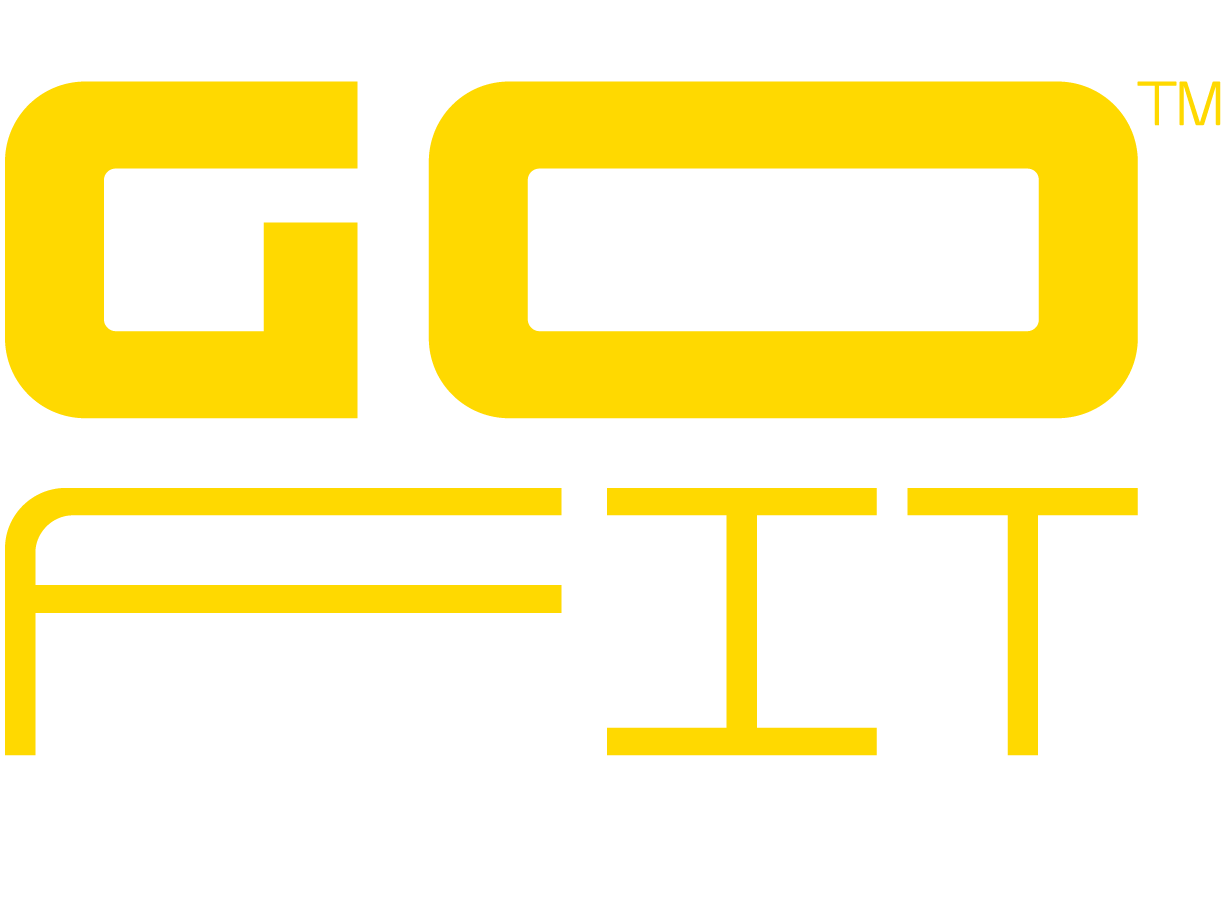If you’ve ever stepped into the gym and wondered, “How many reps and sets should I be doing?”, you’re not alone. The right reps vs. sets approach depends on your fitness goals, whether it’s building strength, endurance, or muscle size. Let’s break it down so you can train smarter, not harder.
Understanding Reps vs. Sets
- Reps (Repetitions): The number of times you perform a single exercise in a row.
- Sets: A group of reps performed before taking a rest.
For example, if you do 10 squats and rest, that’s one set of 10 reps. Simple, right?
But here’s the thing about gym math. Doing the right number of reps vs. sets can make or break your progress. Too few, and you won’t challenge your muscles enough. Too many, and you risk overtraining without getting stronger.
So, what’s the magic number?
How Many Reps and Sets Based on Your Goal?
For Strength and Power
- Reps: 3 – 6 per set
- Sets: 4 – 6
- Rest: 2 – 5 minutes between sets
- Best for: Athletes, powerlifters, or those wanting raw strength
- Why it works: Training in this rep range increases neuromuscular efficiency, making your muscles generate more force.
For Muscle Growth (Hypertrophy)
- Reps: 6 – 12 per set
- Sets: 3 – 5
- Rest: 30 – 90 seconds
- Best for: Bodybuilders or those looking for visible muscle gains
- Why it works: This range creates the most muscle damage and metabolic stress, leading to increased size over time.
For Endurance and Toning
- Reps: 12 – 20+ per set
- Sets: 2 – 3
- Rest: 30 seconds or less
- Best for: Runners, endurance athletes, or toning goals
- Why it works: Higher reps improve muscular endurance and increase calorie burn while maintaining lean muscle.
Pro Tip: Mixing up your training volume and adjusting rep ranges every few weeks helps prevent plateaus and keeps workouts effective.
Read also: Cardio vs. Strength Training: Which is Better for Weight Loss?
Common Mistakes to Avoid
- Lifting Too Light or Too Heavy: Find a weight where the last few reps are challenging but doable with good form.
- Skipping Rest Periods: Proper rest ensures muscle recovery and strength gains.
- Doing the Same Rep Range Forever: Progress by adjusting your reps, sets, and intensity over time.
- Neglecting Compound Movements: Squats, deadlifts, and bench presses work multiple muscles at once, leading to better results.
- Ignoring Recovery: Your muscles grow when you rest, so take at least one rest day per week and prioritize sleep.
Read also: 8 Common Beginner Fitness Mistakes Beginners Make (And Our Tips to Prevent Them)
How to Structure Your Workout for Maximum Gains
To optimise your training volume, consider this structure:
Beginner (3 days per week)
- Full-body workouts
- 3 sets of 8–12 reps per exercise
- Focus on form and consistency
Intermediate (4–5 days per week)
- Split routine (upper/lower body or push/pull/legs)
- 4 sets of 6 – 12 reps
- Gradually increase weights (progressive overload)
Advanced (5–6 days per week)
- Muscle group splits
- 4 – 6 sets of varying reps (strength + hypertrophy combination)
- Focus on intensity and variation
Read also: How to Start Going to the Gym: A Beginner’s Guide
FAQs: Reps & Sets
- What’s the best rep range for muscle growth?
The ideal rep range for hypertrophy (muscle growth) is 6–12 reps per set with moderate to heavy weights. - Should I always train in the same rep range?
No! To maximise muscle gains and prevent plateaus, mix up high-rep, low-weight training with low-rep, heavy-weight sessions. - How many sets should beginners do?
Start with 3 sets per exercise, focusing on compound movements like squats, deadlifts, and bench presses. - How long should a workout last?
Ideally, your session should be 45 – 60 minutes long. More than that can lead to diminishing returns due to fatigue. - Do women need different rep ranges than men?
No! Women and men benefit from the same rep and set ranges. Training should be based on goals, not gender.
Your ideal reps vs. sets strategy depends on your goal. Whether you’re focusing on muscle-building strategies, improving endurance, or gaining strength, consistency and proper progression are key. Train smart, track your progress, and adjust as needed!
Ready to optimise your training? Join GoFit and get expert guidance to take your workouts to the next level!







